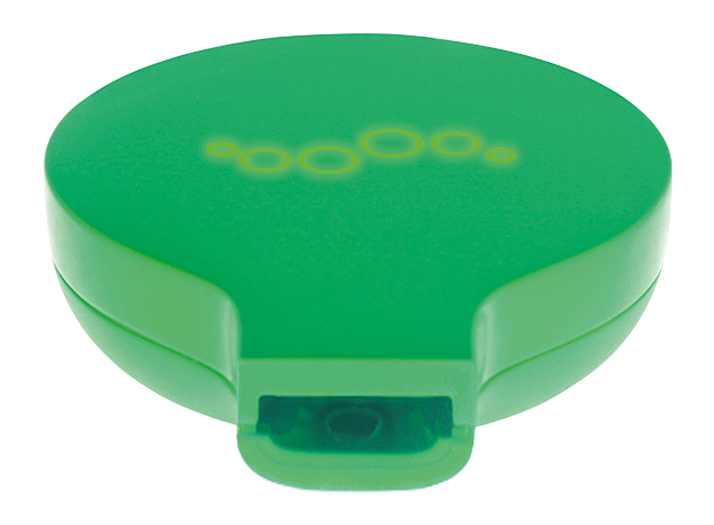Separating circulating tumor cells in the blood is a challenge. So any method that could reliably and sensitively isolate and detect small numbers of cells could be a boon for cancer research, diagnosis, treatment and its ongoing management.

Scientists from Pennsylvania State University, Massachusetts Institute of Technology (MIT) and Carnegie Mellon University, US, have collaborated to create a unique approach that they believe does just that: by sorting cells using sound waves. “Existing sorting methods often involve labeling (e.g. attaching molecules or beads) or relatively strong forces, which can alter the viability or biological functions of the cells, and affect diagnosis. Our method is label-free, contactless and gentle enough that the sorted cells are not damaged,” says Ming Dao, an MIT researcher involved in developing the technology. The technique uses angled acoustic waves to gently sort cells and particles based on their size, density and compressibility (1). The direction the cells flow in changes when exposed to the sound wave, and will travel down different trajectories depending on their physical properties (see Figure 1).

The creators are hopeful that their device will have a variety of applications, says Dao: “It could be helpful for oncology research to study the difference between primary cancer cells and circulating cancer cells (which are prone to metastasize). It could also help with developing new diagnostic devices based on the technique, and for early cancer detection and prognosis.” The team are now working with physicians to test the effectiveness of their device using patient samples, and plan to optimize their design for higher throughput and efficiency.
References
- X Ding et al., “Cell separation using tilted-angle standing surface acoustic waves”, Proc Ntl Acad Sci, 111, 12992–12997 (2014). PMID: 25157150.
